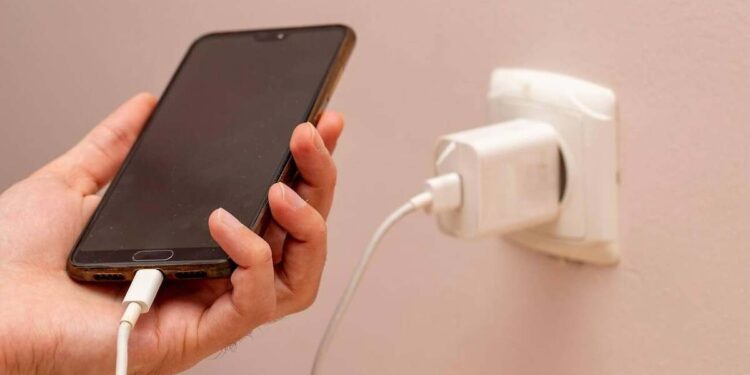There is no need to have a lot of technological knowledge to know that if an electronic device starts to heat up too much, something is wrong or going to go wrong. For our safety, if we detect that the temperature it gives off is too high, it is best to unplug it from the power source or pause its use until it cools down.
One of the products we use practically every day, and that is quite common to heat up while it is working is our smartphone charger. This is totally normal, and even manufacturers explain that the charger heats up because it is going through a procedure of supplying electrical power and that this evaporates in the form of heat.
Nevertheless, there are occasions when not intervening and unplugging the charger can cause numerous dangers, starting with damaging your charger or phone to the extreme point of causing a fire. There are several reasons why this happens, as well as several solutions to this problem, and today we will give you all the keys.
Reasons why your charger overheats
- Use of low-quality or non-original chargers: Chargers that are not manufactured by the mobile phone manufacturer or that do not meet quality standards may have low-quality internal components. These components can generate more heat due to inefficiency in energy conversion.
- Charging overload: If the charger is used to charge devices that require more energy than the charger can provide, this can cause overheating. Each charger has a specific output capacity, and exceeding this capacity can be dangerous.
- Inadequate charging environment: Charging the mobile phone in very hot environments or on surfaces that do not allow proper ventilation can contribute to the charger overheating. Surfaces like pillows, beds, or sofas can trap heat and increase the charger’s temperature.
- Extended use: Using the charger for long periods without rest can generate excess heat.
How to avoid charger overheating
- Use original or high-quality chargers: It is crucial to use original chargers and cables or those certified by the manufacturer because they are specifically designed for that device.
- Check the charger’s capacity: Make sure the charger is suitable for the device it is charging.
- Inspect and maintain cables: Regularly inspect charging cables for any signs of wear or damage. If the cable has cuts, twists, or loose connections, replace it immediately.
- Monitor device usage during charging: Try not to use the mobile phone for intensive tasks (such as gaming or video streaming) while it is charging, as this increases energy consumption and heat generation.


